Inflorescence of Flower
It is the mode of arrangement of flower in a group in a specialized branch called peduncle. It consists of inflorescence axis and mother axis. Peduncles are of two types- receptacle and scape.
Different types of inflorescence that are observed are:
1. Racemose inflorescence - It is of two types.
Simple racemose inflorescence:
Typical Raceme - Unbranched, elongated peduncle bearing pedicellate or stalked flowers acropetally. Example - Delphinium, Linaria etc.
Corymb - All the acropetally arranged flowers come to lie at the same level due to slight shortening or elongation of peduncles of lower flowers. Example- candytuft.
Corymbose raceme - Like a corymb near the growing point and raceme lower down though the peduncles of the lower flower are longer. Example - mustard.
Umbel - Pedicellate flowersarranged centripetally around an extremely reduced peduncle with an involucre below. Example - Brahmi booti, hydrocotyle.
Spike - Sessile flowers borne acropetally over an elongated peduncle. Example –bottle brush, Amaranthus.
Spikelets - It is a compact spike having a few flowers born on axis called rachilla and surrounded by two scales called glumes. Example- wheat, oat, grass etc.
Strobile - It is a spike in which the flowers develop in the axils of persistent membranous bracts. Example- Hop.
Catkin - Compact unisexual spike often hanging. Example-Mulberry, Willow,Birch.
Spadix - It is a modification of catkin in which the peduncle is fleshy and thick with upper part sterile and lower part bearing one or both the types of unisexual flowers surrounded by a large bract called spathe. Example-In maize the female flower develops in a spadix.
Capitulum - Peduncle is flattened to form receptacle that bears the centripetally arranged Sessile flowers or florets surrounded by involucre of bracts. Example- Cosmos, Zinnia, Chrysanthemum etc.
Compound racemose inflorescence:
Raceme of racemes - Racemes are born acropetally on a raceme. Example - yucca, Asparagus etc.
Corymb of corymbs – An axis bearinga number of corymbs in a corymbose fashion. Example - Cauliflower, Pyrus.
Umbel of umbels - Many umbels develops from a common point in an umbellate fashion. Example - coriander, carrot, cumin.
Spike of spikes - Example - Amaranthas
Spike of spikelets - Example - Wheat.
Spadix of spadices - Example – Date pulm, Coconut.
Capitulum of capitula - Echinops.
2. Cymose Inflorescence:
Uniparous – Example – Begonia, Drosera.
Biparous – Example - Dianthus, Nyctanthes.
Multiparous –Calotropis, Hamelia.
Cymose head – Kadam, Acacia.
Scapigerous – Onion.
3. Mixed inflorescence - They are of different types –
Thyrsus – Cymose cluster arranged acropetally. Example - grape vine.
Mixed spadix – Spadices have cymose inflorescence arranged acropetally on fleshy axis. Example - Banana.
Panicle of spikelets – Spikelets arranged in a compound raceme. Example- oat, rice.
Corymb of capitula – Example- Ageratum.
Other types – Like umbel of capitula, cyme of umbels . Example- Lantana.
Special inflorescence: - They are of four types:
Hypanthodium – It is flask shaped fleshy (male flowers),a pore or ostiole lined by scales and a short canal bearing hair. Example- peepal, banyan.
Coenanthium – Saucer shaped receptacle with upturn margin bearing florets. Example-Dorstenia .
Verticillaster – It is raceme of verticles or whorls of flowers born in the axile of opposite leaves . Example- Ocimum, salvia.
Cyanthium – Consists of involucre of 5 fused bracts that encloses a central achlamydeous pedicellate tricarpellary,syncarpous female. Example-Euphorbia.
From Inflorescence of Flower to HOME PAGE
Recent Articles
-
What Is Plasma? | Blood Plasma | Proteins | Nutrients | Cholesterol
Nov 07, 25 10:29 AM
Blood is a mobile fluid which is a connective tissue and is derived from the mesoderm like cell any other connective tissue. Colour of blood is reddish and that flows inside the blood vessels by means… -
Disorders of Respiratory System | Tuberculosis | Pleurisy | Emphysema
Oct 28, 25 11:39 PM
Tuberculosis is very common disease and is caused by a type of bacteria called Mycobacterium tuberculosis. This disease causes different trouble in the respiration and infection of several parts of th… -
Regulation of Respiration | Respiratory Centres | Inspiratory Area |
Oct 14, 25 12:13 AM
Respiratory Centre is the area that controls the rate of respiration and it is observed to be located in medulla oblongata and pons. Respiratory Centre has the following will dispersed components like… -
Explain Transport of Gases | External Respiration | Tissue Respiration
Oct 09, 25 11:35 PM
In humans gaseous exchange is completed in the following ways the steps are - External Respiration or Breathing - Breathing in false taking in of Oxygen and giving out of carbon dioxide in the body. M… -
Kind and Number of Teeth | Location of Teeth in Mouth | Care of Teeth
Sep 11, 25 12:52 AM
Kind and Number of Teeth
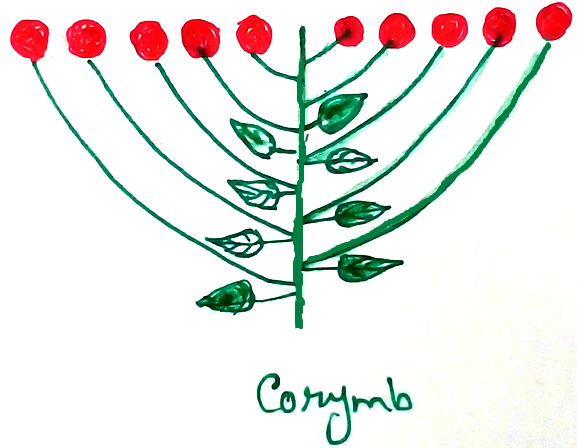
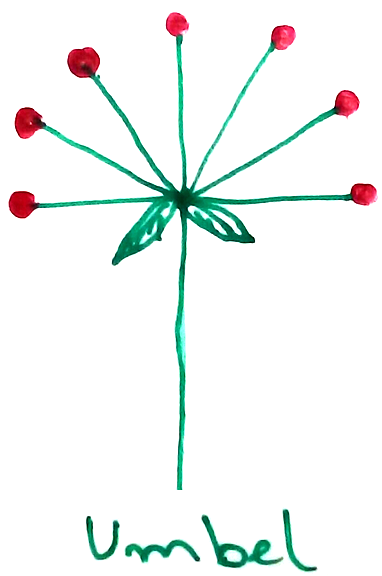
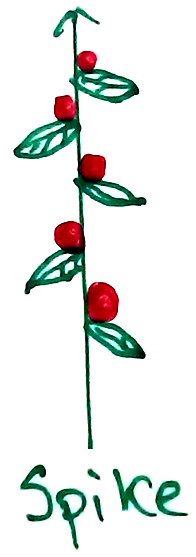
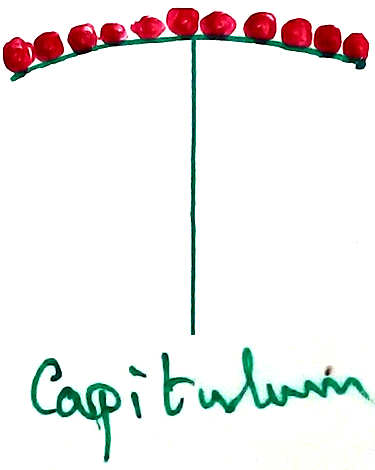
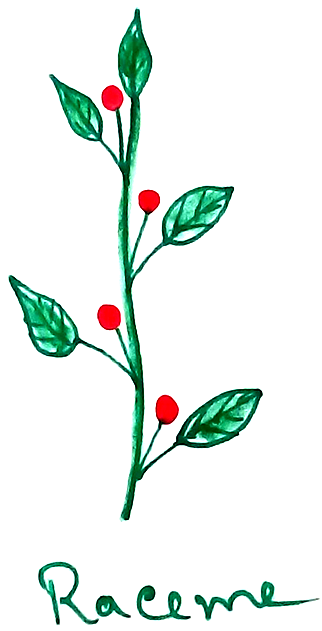
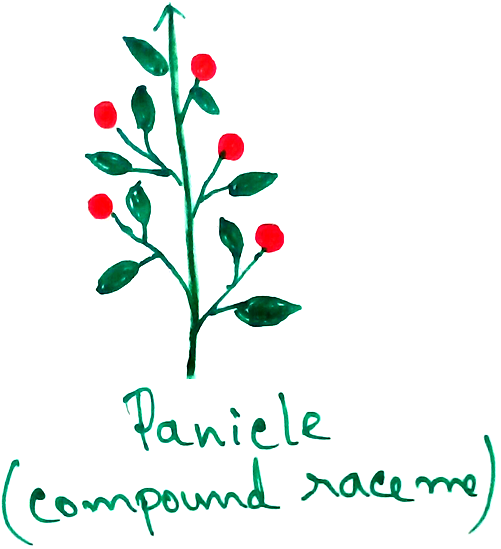





New! Comments
Have your say about what you just read! Leave me a comment in the box below.